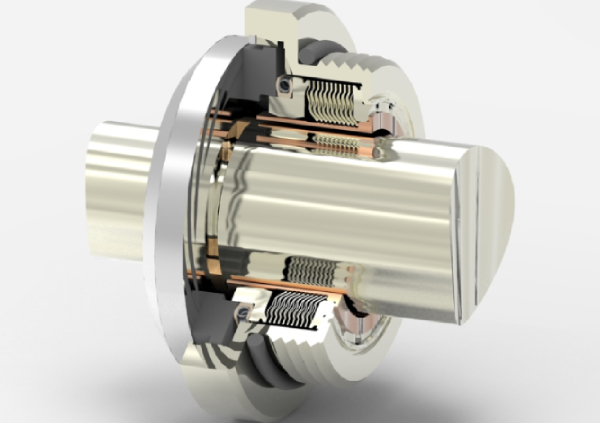
Sealing systems are vital in maintaining pump efficiency, reliability, energy consumption, water usage and control of emissions to the environment. Switching from compression packing to a mechanical seal can significantly improve your site’s sustainability and environmental impact.
Mechanical seals require a lower water and energy demand and substantially reduce leakage, making them more efficient at containing volatile or hazardous fluids, aqueous solutions and slurry suspensions. Mechanical seals also don’t require maintenance once installed.
Minimized Water Consumption and Leakage
Mechanical seals require little flush water to be injected into the seal chamber compared to compression packing. Abrasive pumping applications pose a significant challenge to compression packing, as substantial volumes of water are injected into the stuffing box to prevent damage to the packing rings and shaft sleeve. A mechanical seal designed for abrasive services requires a small fraction of this water volume to operate.
Reduced Power Consumption
The amount of power required to drive a mechanical seal is up to 80 percent less than compression packing because the seal faces have less frictional energy losses due to the extremely precise mating between the stationary and rotating elements. This results in reduced flush water compared to compression packing.
Maximum Sealing Safety
Designed to ensure maximum sealing safety, dual mechanical seals are typically defined as a single assembly that contains a pair of seals. A cavity is formed between the two seals and is filled with a barrier or buffer fluid that separates the pumped liquid from the atmosphere and environment.
Dual mechanical seals allow for nearly complete control over the seal operating environment and the fluid film that lubricates the seal faces. The seals significantly reduce leakage from centrifugal pumps.